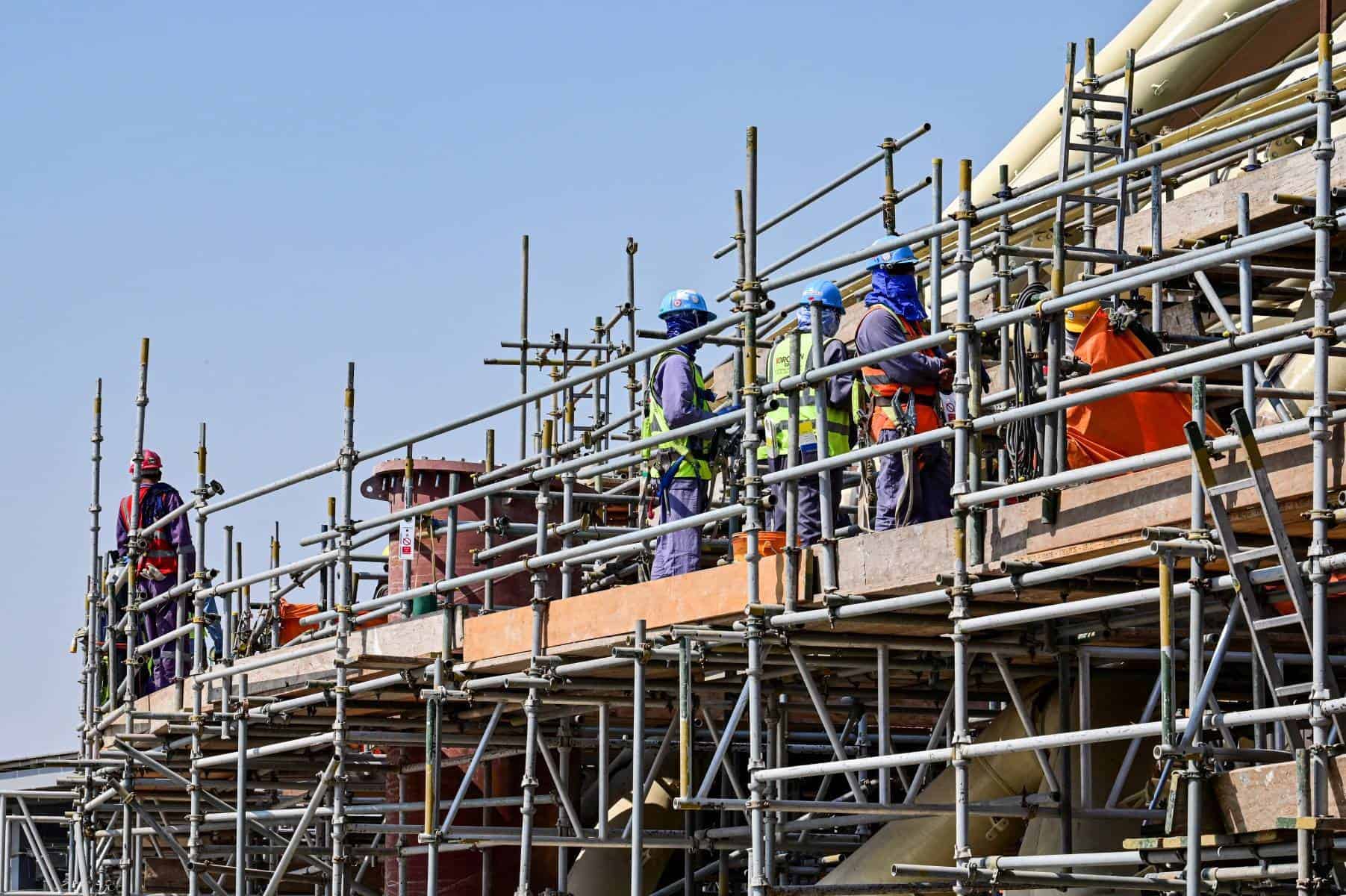Dubai, UAE — Construction costs are set to increase in the UAE by 2-3 percent, and in Saudi Arabia by 5-7 percent in 2024, following an increase of 3 percent and 7 percent respectively in 2023.
Increases will challenge construction firms, which will need to develop new processes and capabilities to keep costs under control and projects on track, said a report, How to navigate 2024: Balancing challenge with opportunity, by Currie & Brown, a provider of cost management, project management and advisory services.
The Middle East is not alone in experiencing spiraling construction costs. Currie & Brown predicts cost increases across every one of its operating regions in the year ahead. The extent of these varies from market to market, but common drivers such as inflation and sustainability rules are clear.
Inflation remains the primary challenge for the construction industry and dominant driver of cost increases. Towards the end of 2023, inflation appeared to be easing. However, the situation remains changeable across the Gulf, with inflationary pressures persisting. Unpredictable price swings continue to challenge developers in the region, although this is offset by the stability in the current oil price.
Sustainability rules are tightening across the Gulf. With COP 28 being hosted in Dubai at the end of last year, the region has seen a renewed focus on sustainability. While compliance with new regulations may drive up costs in the short-term, longer-term decarbonisation will go together with operational cost reduction.
Skills and materials shortages are driving up costs across the region. Strained supply chains and competition between the UAE and Saudi Arabia to attract skilled staff from outside the region continue to be a challenge. With new projects being announced on a weekly basis, the pressure on both supply chains and recruitment continues to grow.
Geopolitical turmoil, including the ongoing Israel-Palestine conflict and instability in countries like Syria and Yemen, continues to generate uncertainty for the Gulf construction sector. The full impact is yet to be understood. However, continued disruption to Red Sea trade routes, and consequent cost increases due to insurance and extended journey times, may push up inflation.
Doug McGillivray, MD, Southern Gulf, said, “2024 will bring fresh challenges for the construction industry, but these also present opportunities for firms and their clients. By considering sustainability, embracing digital technologies, and developing new ways of working, both will benefit from operational efficiencies. This will help mitigate the impact of construction cost increases now and in the future, while creating better, sustainable built environments for all.”
“Cost escalation continues to be a significant challenge for the construction industry, but it is nothing new. Since June 2023, the price of raw materials, including steel, cement and concrete have, increased in both the UAE and Saudi Arabian markets. As an industry we need to work with our clients to develop solutions to deal with this long-term trend. What can we do now to address cost drivers and give them greater certainty in the future? This is where focusing on long-term trends makes all the difference,” he added.








